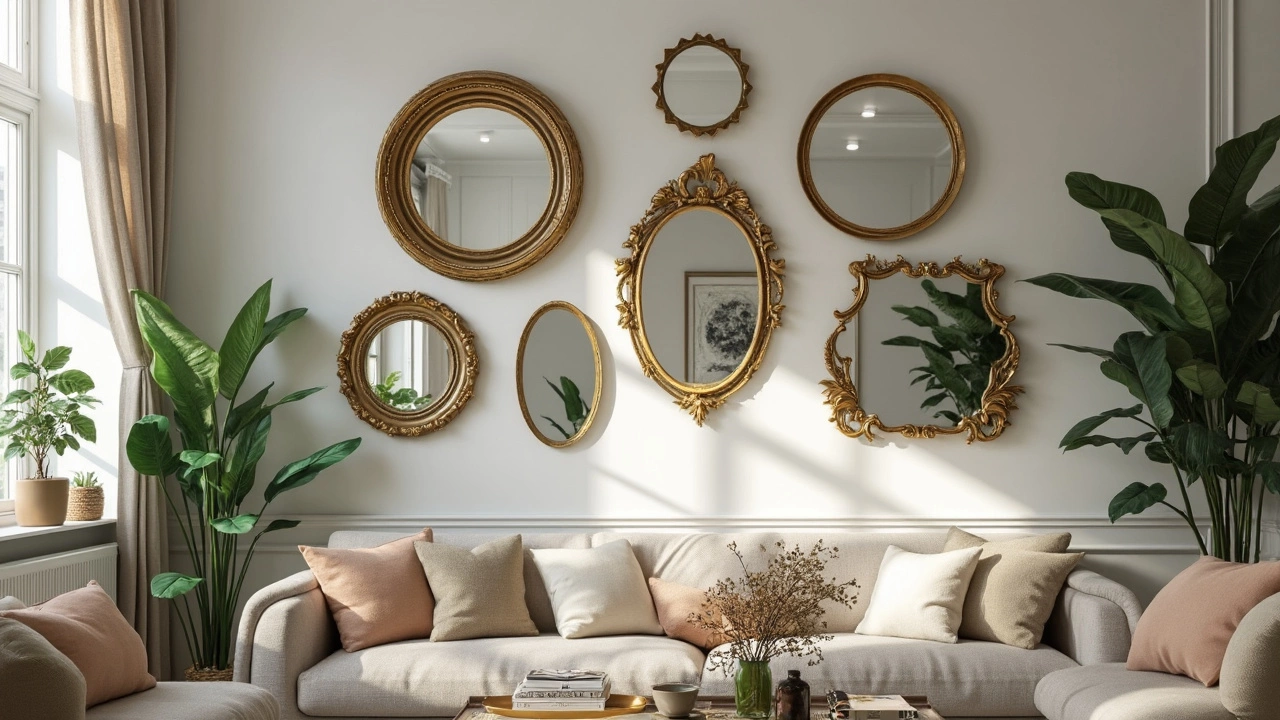Mirror Quality Guide: What Makes a Good Mirror and How to Choose One
When you stand in front of a mirror, you expect a clear, true reflection. But not all mirrors are created equal. A few simple checks can tell you whether a mirror will look great in your bathroom, bedroom, or hallway, and whether it will last for years without warping or fogging.
Check the Glass and Coating
The first thing to look at is the glass itself. Real mirrors have a thin layer of silver or aluminium deposited on the back of the glass. If you see a dark edge or a faint tint, that’s usually a sign of quality coating. Cheap mirrors often use a low‑grade metal that peels or dulls after a few washes.
Hold the mirror up to a bright light. If you can see the backing material or notice a cloudy spot, it’s probably an inexpensive replica. A good mirror should have a uniform shine across the whole surface, with no bubbles or streaks.
Consider Size, Shape, and Magnification
Big mirrors can make a small room feel larger, but they also need strong framing to avoid sagging. For vanity or grooming areas, think about magnification. A 5× or 7× magnifying mirror helps with shaving and makeup, while a 1× flat mirror works for overall styling. Choose the magnification based on the task, not just the look.
Round mirrors add a soft touch to modern decor, while rectangular ones keep lines clean and classic. Measure the wall space before you buy and leave a little breathing room around the frame to avoid a cramped feel.
Eco‑Friendly Options
Because Eco Harmony Home focuses on sustainability, look for mirrors made with recycled glass or low‑impact metal coatings. Some manufacturers use water‑based sealants instead of volatile solvents, which reduces off‑gassing in your home.
Check the product description for certifications like Cradle‑to‑Cradle or FSC. Even a simple recycle‑program take‑back for old mirrors can lower your environmental footprint.
Installation Tips to Keep Quality Intact
Proper mounting is crucial. Use sturdy anchors that match the wall type—drywall, plaster, or brick. A mis‑aligned screw can cause the mirror to tilt, leading to uneven stress and eventual cracks.
If you’re hanging a heavy mirror, enlist a friend to help. Place a level on the top edge before you secure the brackets, then double‑check after you step back. Small adjustments now save you from a costly replacement later.
Cleaning and Maintenance
Never spray cleaner directly onto the glass. Instead, mist a soft cloth with a mix of water and a drop of dish soap, then wipe in a circular motion. For stubborn fingerprints, use a vinegar‑water solution (1 part vinegar, 2 parts water) and dry immediately with a lint‑free rag.
Avoid abrasive pads or harsh chemicals—they can wear down the coating and create micro‑scratches. Regular dusting with a microfiber cloth keeps the surface clear and reduces the need for deep cleans.
By checking the coating, choosing the right size and magnification, opting for eco‑friendly materials, installing it correctly, and cleaning it gently, you’ll enjoy a mirror that looks sharp and lasts for years. Ready to upgrade your space? Browse the mirror collection and find the perfect quality match for your home.
-

Expensive Mirrors: Is the Price Actually Worth It?
Ever wondered if shelling out big bucks for a fancy mirror really makes a difference? This article takes a hard look at expensive mirrors—comparing glass quality, durability, and design. It unpacks why some mirrors cost so much, what you actually get for that price, and whether it’s money well spent. You'll find practical tips to spot good value and fun facts too. Perfect if you want your home to look stylish but don’t want to waste cash.
